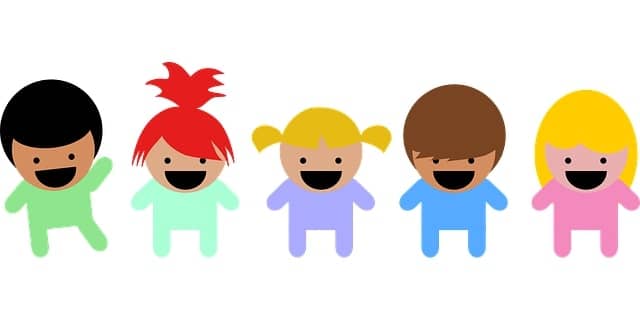What did Roger do to the Littluns? William Golding’s classic novel “Lord of the Flies” is a masterpiece that provides a powerful commentary on human nature and the inherent savagery that resides within us all. One of the book’s most disturbing and controversial scenes involves a vicious boy named Roger and his treatment of the Littluns, the youngest boys stranded on the island.
What did Roger do to the Littluns? (Answer)
The Littluns, as their name suggests, are the youngest boys on the island, ranging in age from six to twelve years old. They are innocent, vulnerable, and entirely dependent on the older boys for protection and guidance. Unfortunately, this dependence makes them easy targets for the more sadistic and power-hungry boys, such as Roger.
In Chapter 4 of the novel, Roger joins another boy, Maurice, in cruelly stomping on a sand castle the Littluns have built. This act of destruction may seem minor, but it is a clear indication of the boys’ growing cruelty and willingness to harm those weaker than themselves. The Littluns, who have no means of defending themselves, are traumatized by this attack and are powerless to stop it.
But Roger’s cruelty does not stop there. Later in the book, he throws stones at a Littlun named Henry. However, he remains careful enough to avoid hitting the boy with his stones. This scene is particularly disturbing, as it shows how far Roger is willing to go to assert his dominance over the younger boys, even if it means inflicting physical harm on them.
It is important to note that Roger’s behavior is not simply the result of his innate savagery but rather a product of the toxic environment created by the boys’ isolation and lack of adult supervision. As the boys become more and more savage, they begin to lose their sense of morality and empathy, allowing their darker impulses to take over.
Does Roger bully the Littluns?
Yes, Roger does bully the Littluns in Lord of the Flies. He enjoys exerting power and control over them, often tormenting and intimidating them with his actions.
What happened to the Littluns in Lord of the Flies?
In Lord of the Flies, the Littluns, a group of younger boys on the island, generally stick together and often keep their distance from the older boys, known as the biguns. They form their own smaller groups within the larger society of the boys. However, as the novel progresses and civilization breaks down, some of the Littluns become increasingly fearful and vulnerable to their surroundings. They experience nightmares and are easily frightened by various elements on the island. Without proper supervision or guidance from adults, they face increasing insecurity and uncertainty in their survival on the uninhabited island.
Who is more evil Jack or Roger?
In the book Lord of the Flies, both Jack and Roger exhibit different forms of evil. While Jack represents a more overt and aggressive evil through his manipulation, thirst for power, and indulgence in violence, Roger embodies a more sadistic and sinister form of evil. His actions, such as deliberately throwing rocks at others and ultimately murdering Piggy with a boulder, demonstrate a chilling disregard for human life. Thus, while both characters have their own manifestations of evil, Roger’s actions suggest a deeper level of evil.
What is Henry doing when Roger comes upon him?
When Roger comes upon Henry, he finds him busy poking at sea creatures in the water.
How do others see Roger in Lord of the Flies?
In Lord of the Flies, Roger is seen by others as a quiet and seemingly harmless boy. However, as the story progresses, his true nature begins to emerge. Others start to notice his sadistic tendencies and his willingness to inflict pain on others, which ultimately leads to fear and apprehension among the group. Roger’s actions and behavior reveal a darker side to his character, causing others to view him with suspicion and unease.
What does Roger represent in Lord of the Flies?
Roger represents the embodiment of evil in Lord of the Flies. Throughout the novel, he displays a sadistic nature and enjoys inflicting pain on others. His actions escalate from throwing rocks near the other boys to deliberately killing Piggy by pushing a boulder off a cliff. Roger’s lack of empathy and his pleasure in causing harm symbolize the innate darkness that exists within human nature when the constraints of civilization are removed.
Conclusion
In conclusion, Roger’s treatment of the Littluns in “Lord of the Flies” is a disturbing example of the dangers of unchecked power and the corrupting influence of isolation. His actions serve as a warning against the potential for violence and cruelty that lies within us all and a call to recognize the importance of community, empathy, and compassion in preventing such behavior from taking hold.
